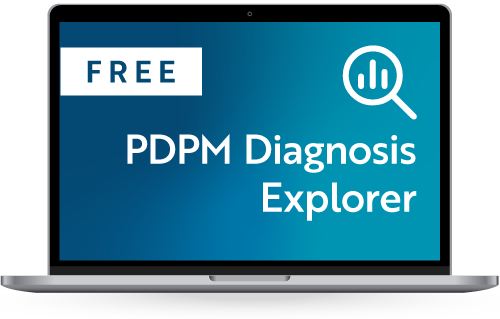Today’s blog is a digest of recent postings related to COVID-19.
FDA Warns Consumers of Risk of Methanol Contamination in Certain Hand Sanitizers
This is a July 2, 2020 update. The “FDA is warning consumers and health care providers that the agency has seen a sharp increase in hand sanitizer products that are labeled to contain ethanol (also known as ethyl alcohol) but that have tested positive for methanol contamination. Methanol, or wood alcohol, is a substance that can be toxic when absorbed through the skin or ingested and can be life-threatening when ingested.
The agency is aware of adults and children ingesting hand sanitizer products contaminated with methanol that has led to recent adverse events including blindness, hospitalizations and death.
Methanol is not an acceptable active ingredient for hand sanitizers and must not be used due to its toxic effects.” CDC has also issued a corresponding emergency health advisory on July 5, 2020.
This website identifies FDA’s testing and manufacturer/distributor recalls. This is important information for providers as well as for healthcare staff that are purchasing and using hand sanitizers when not in your building.
- OSHA COVID-19 Frequently Asked Questions and OSHA New and Updates - Alerts webpages continue to be updated with some updated in June and early July. The first hyperlink has a wealth of FAQs grouped by topic.

The second hyperlink is also a helpful site to bookmark as it has information for all OSHA entities.
CDC has updated several resources during the first 7 days of July:
- COVID-19 Videos
- Interim Guidance on Testing Healthcare Personnel for SARS-CoV-2
- Overview of Testing for SARS-CoV-2


FDA Authorizes Additional COVID-19 Combination Diagnostic Test Ahead of Flu Season
“These combination tests work by testing a single sample from a patient for multiple respiratory diseases, such as COVID-19 and the seasonal flu which can show similar symptoms. There are several important advantages to this combination testing. Taking just one sample from a patient may help alleviate the need for multiple samplings, which means less discomfort for the patient with faster and more comprehensive results. In addition, combination tests require fewer supplies, such as swabs and personal protective equipment, and reduce pressure on the supply chain for reagents.”
Want to keep up with the changing COVID-19 situation in skilled nursing?




